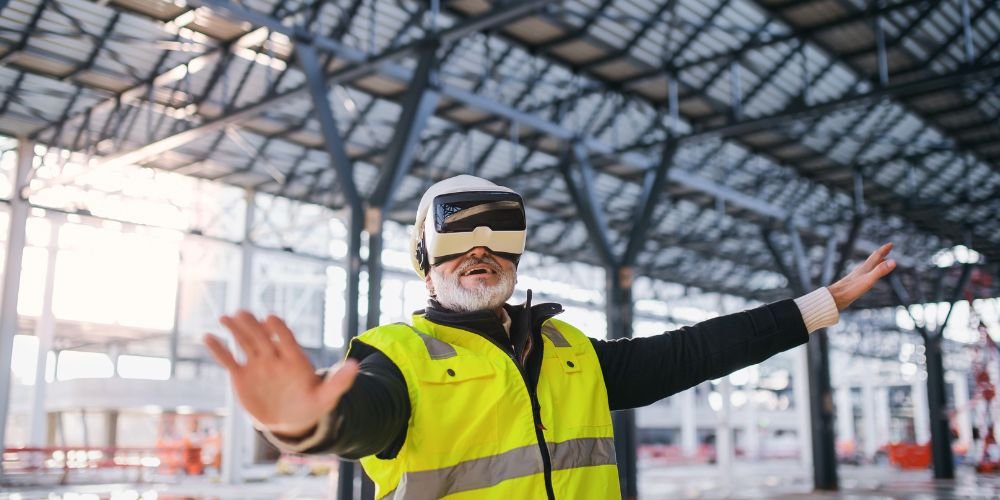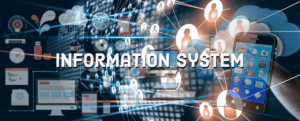Key Points
- Researchers from the University of Waterloo developed an AR/VR system for improved infrastructure inspections.
- The Smart Infrastructure Metaverse allows on-site and off-site inspectors to collaborate in real time.
- The system aims to extend the lifespan of aging infrastructure, reducing replacement costs.
- AI analysis supports human inspections by identifying structural damage. Rogers has funded the project as a 5G use case since 2020.
Researchers are utilizing augmented and virtual reality (AR/VR) technologies to improve inspections of Canada’s aging infrastructure. Traditional on-site inspections of critical structures, such as bridges, roads, pipelines, and towers, often have limitations, as inspectors may not always detect every potential issue.
To address this challenge, researchers have developed the Smart Infrastructure Metaverse. This innovative AR/VR system allows on-site and off-site inspectors to collaboratively assess real structures and their 3D-scanned replicas simultaneously. The research was published in the September edition of Automation in Construction.
Led by Chul Min Yeum, a professor at the University of Waterloo, this cutting-edge system offers a more rapid, comprehensive, and detailed view of infrastructure compared to traditional inspection methods. The technology enhances the quality of inspections and provides a broader context, helping inspectors identify problems that might otherwise go unnoticed.
This innovation is significant, as much of Canada’s critical infrastructure, built in the mid-20th century, is reaching or exceeding its designed lifespan. According to the Core Public Infrastructure Survey, replacing these aging structures would cost an estimated $264.7 billion. By extending the life of these structures through more effective inspections, the Smart Infrastructure Metaverse could play a key role in mitigating public safety risks and reducing infrastructure costs.
Yeum explains that the system enables on-site and remote inspectors to collaborate seamlessly during inspections. Using AR/VR headsets, both parties share a synchronized view of the structure, allowing the remote inspector to see exactly what the on-site inspector looks at in real-time. This capability enhances communication, improves data accuracy, and accelerates decision-making.
A key experiment was conducted on a railway bridge in Kitchener, Ontario, where Yeum’s team created a 3D model of the structure using 3D scanners and panoramic cameras. Off-site engineers explored the model using VR headsets, while on-site inspectors used AR headsets to view the actual bridge and interact with the digital map. The collaboration between the two parties allowed for precise data collection, ensuring no detail was overlooked.
Artificial intelligence was also incorporated into the system, analyzing the images captured by on-site inspectors’ AR headsets to identify structural damage further. Rogers Communications has funded the project since 2020, recognizing it as an ideal application for 5G technology and mobile edge computing.












